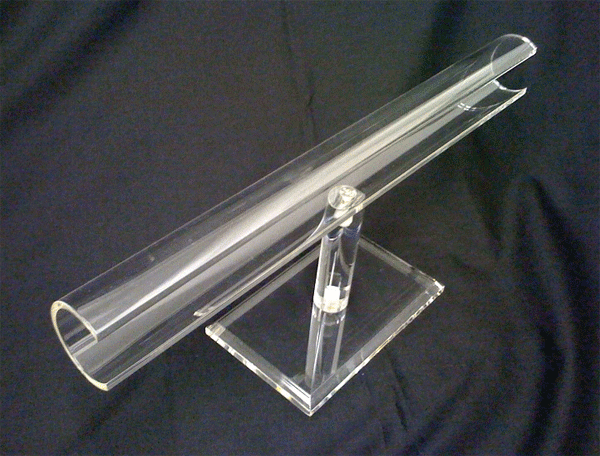There are numerous plastic production processes to pick from, and there are broad ranges related to freedom of form, setup costs, charges per component part, finish time, and the scale of production the process enables. Widely used techniques feature CNC (computer numerical control) machining and vacuum formation, each of which appeal to different design and development necessities. CNC, for example, features a medium degree of flexibility when considering the shape, a finish time of under a day, a medium set-up price, expensive individual components, and accommodates massive scale production. Vacuum formation, however, features a very restricted flexibility of form, only suitable for developing simple shapes, and can feature a completion period of up to one month. Additionally, since there’s a diverse range of CNC machines, ranging from simple desktop technology, to significantly more advanced machines, the startup costs vary from minimal to very high, and the cost per component and the finish time are very diverse, and determined by the sophistication of the equipment.
Breakdown Of CNC Machining
CNC machining is a computer operated subtractive process, that eliminates material from plastic in order to build the required shape. The computer is high-tech, with the ability to transform a model into figures by using a computer aided design computer software program. The figures are then competent to manipulate the machine to cut the necessary shape. To operate, the machines need an intermediate step in the development and validation of tool paths. When the machine receives the tool paths, the subtractive procedure is initiated. When the assembly is finished, the component is cleaned, smoothed, and cut.
For lower volume plastic component requests that require tight tolerances and forms which are challenging to shape, machining is suitable. CNC machining also offers low to moderate initial expenses, and can also produce high quality plastic parts with minimal completion times. However, with an increase of product complexity, the associated fee per component climbs up. In addition, the method demands tool access allowances, and particular shapes, including those with rounded inner channels, are near-impossible to produce with CNC manufacturing.
Overview Of Vacuum Formation
Vacuum formation is a method in which plastic material is heated up and moulded, typically using a mould. The enormity and sophistication of vacuum-forming machines range from inexpensive desktop technology to innovative production machinery.
It is usually appropriate for any project, ranging from custom designs to large-scale manufacturing, considering the large variety of machinery offered and that also automatisation is an option if required. On the other hand, there’s minimal freedom in the types of design it can create, and is also unfortunately only competent to build pieces with simple geometries. Compared to other techniques, tooling prices are minimal, simply because vacuum formation merely needs minimal forces and pressures. Commonly, for modest manufacturing sizes the moulds are made of 3D printed resin, or even plaster, and for higher production sizes stronger equipment made from metal is used.
The production process commences with a sheet of plastic being clamped and warmed up until the plastic becomes mouldable. The plastic will then be put into the mould and cooled off, and frequently fans and also other cooling methods are used in order to speed up the cooling process. The last stage entails any surplus plastic being removed. {There are a variety custom acrylic moulding Uk online services inside the Uk, if you are looking for more information or possibly prices this url is an excellent place to start acrylic design & fabrication company.|www.displaydevelopments.co.uk is regarded as a website that is loaded with lots of up to date info on manufacturer of perspex.|{For those who are interested in additional information in relation to bespoke plastic mouldings this particular web page www.displaydevelopments.co.uk has quite a few more information articles in respect to thermoforming of plastic.

